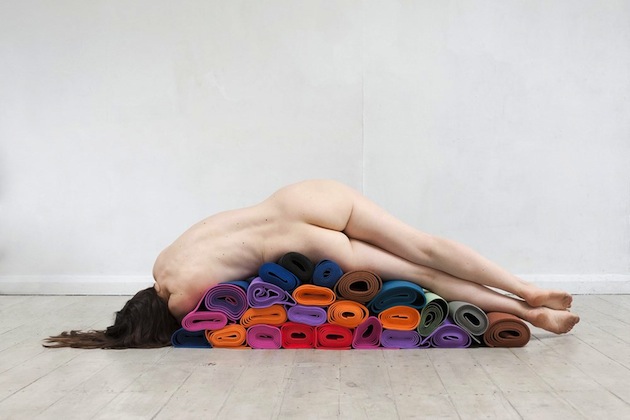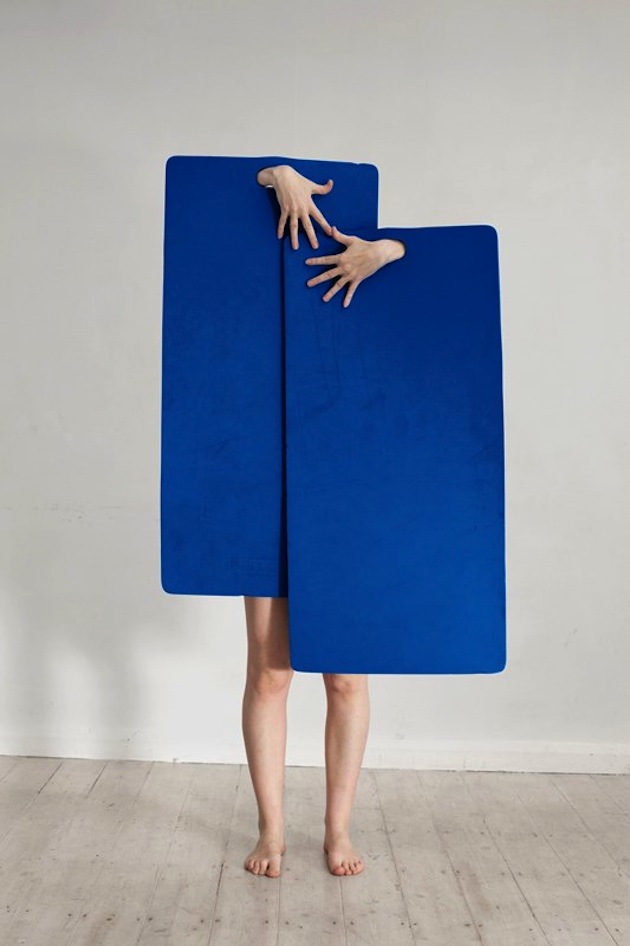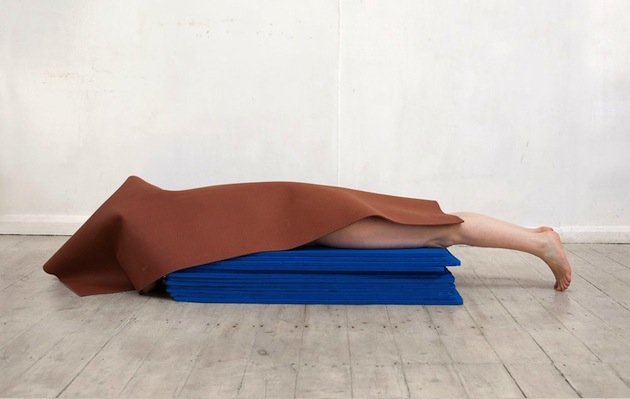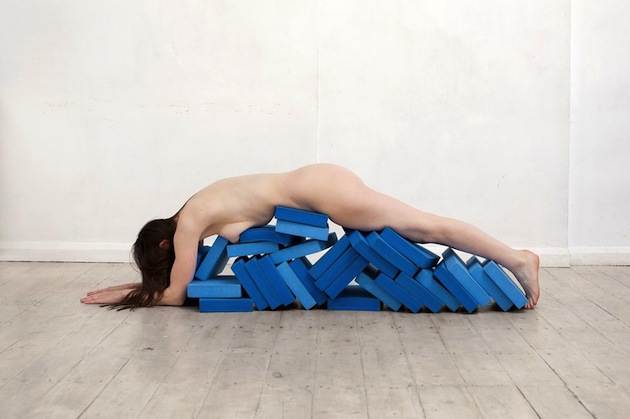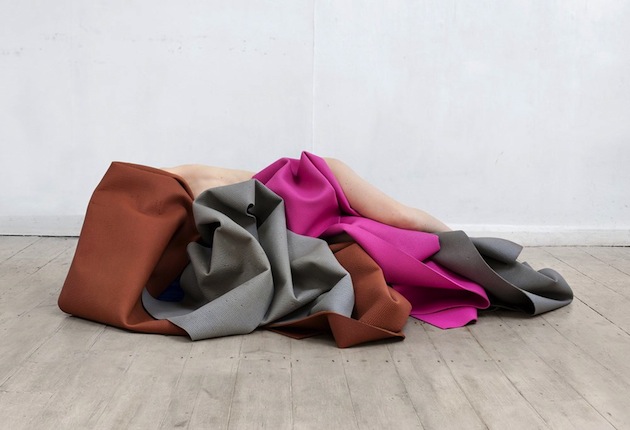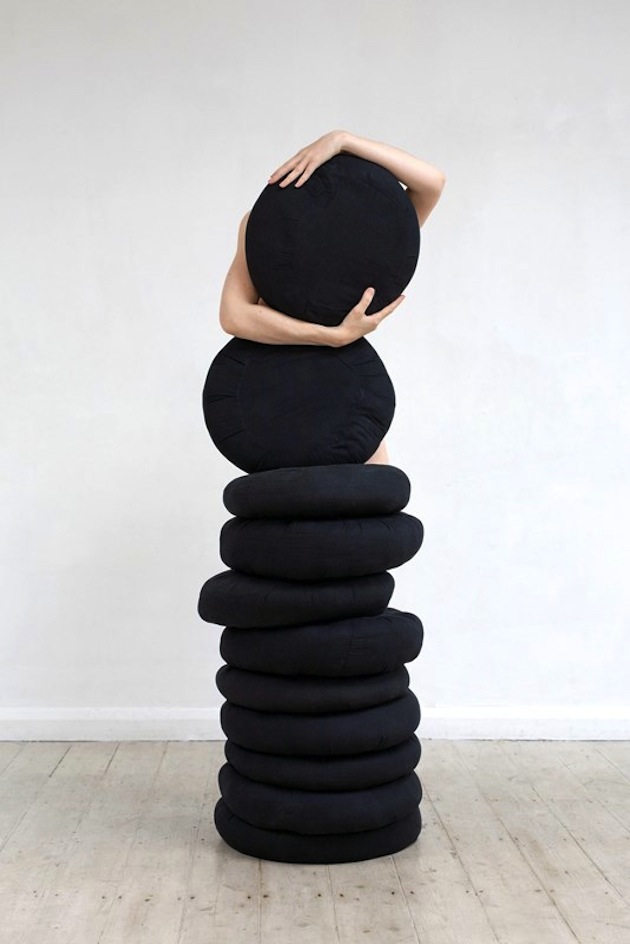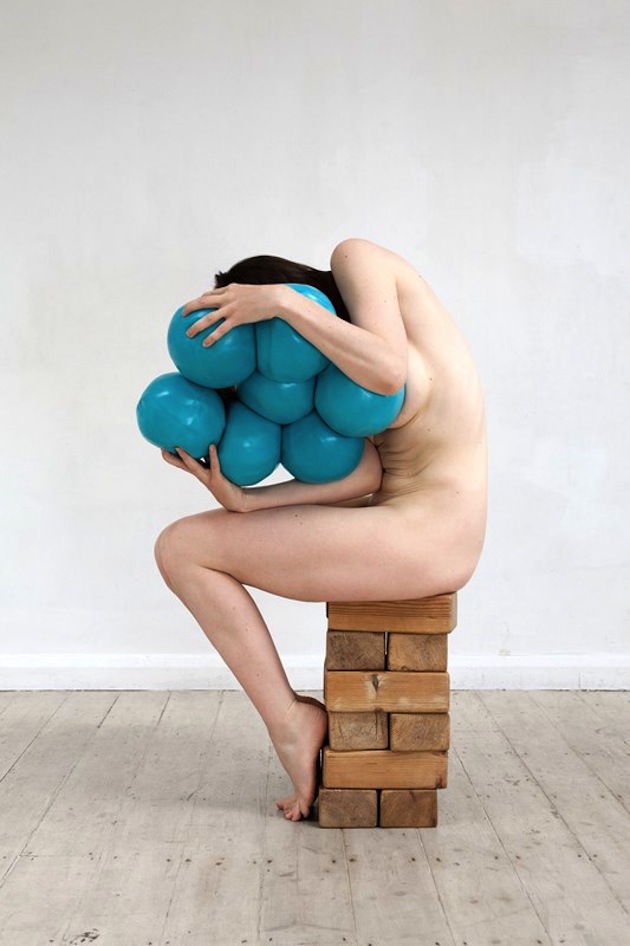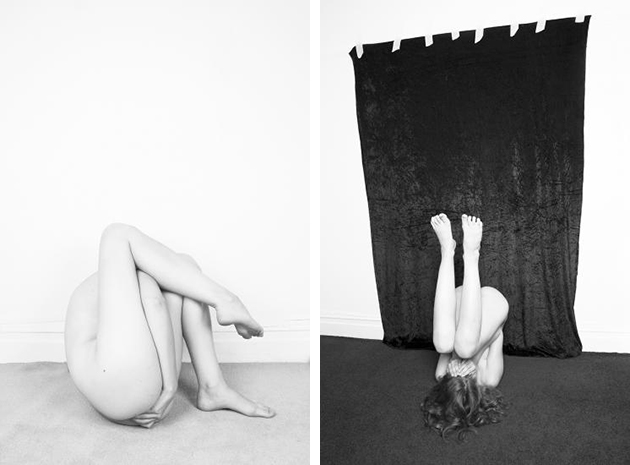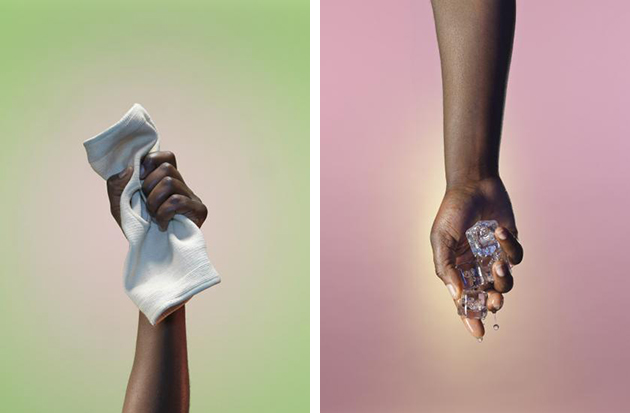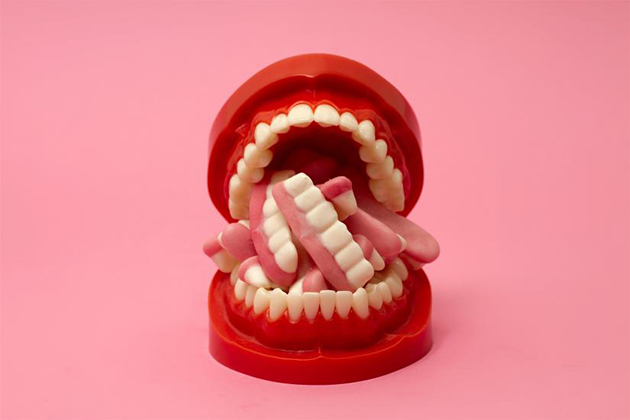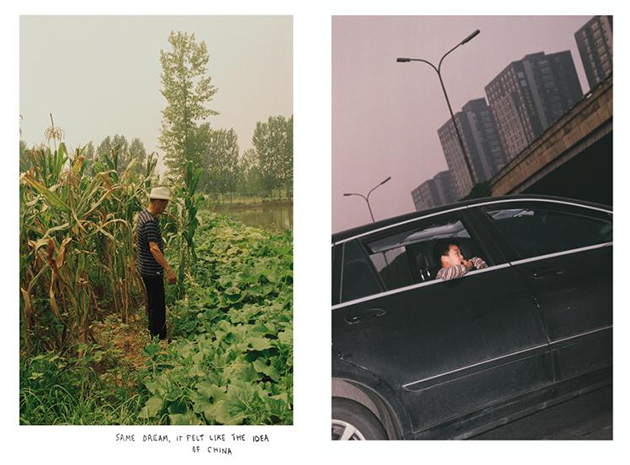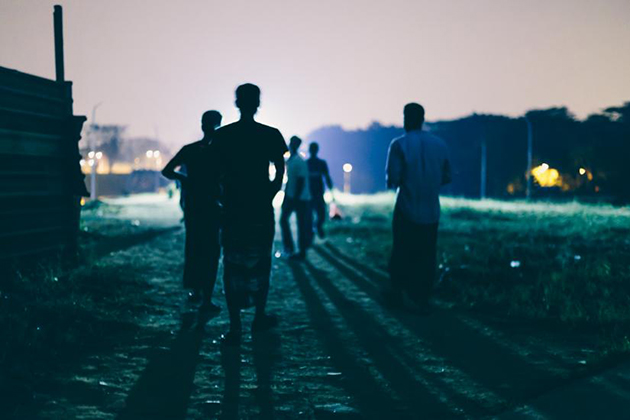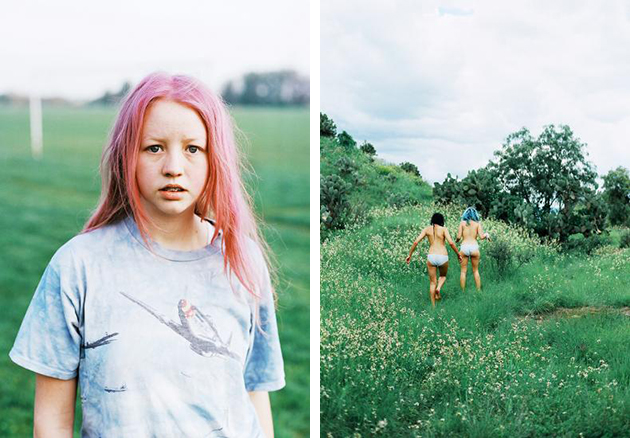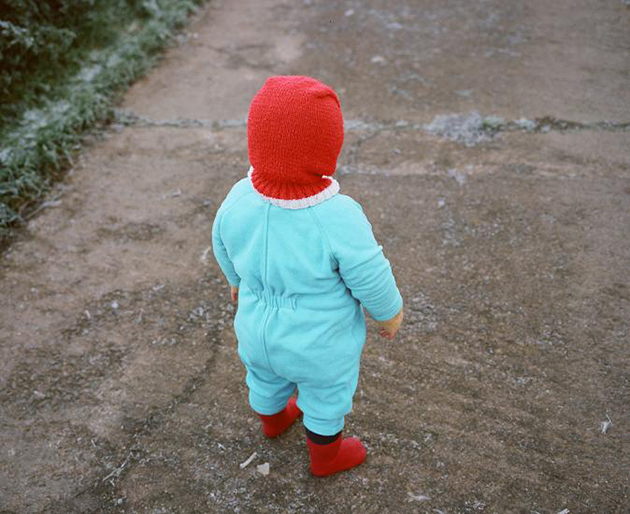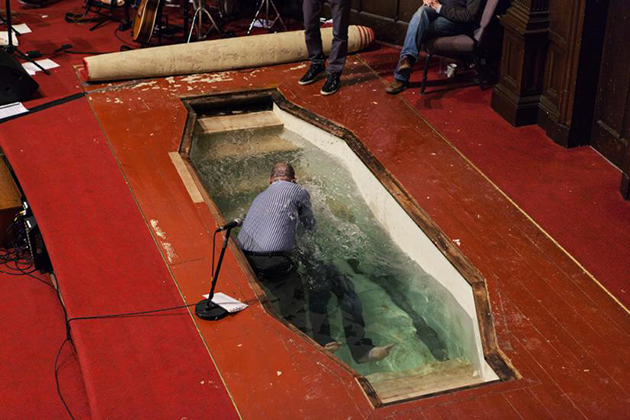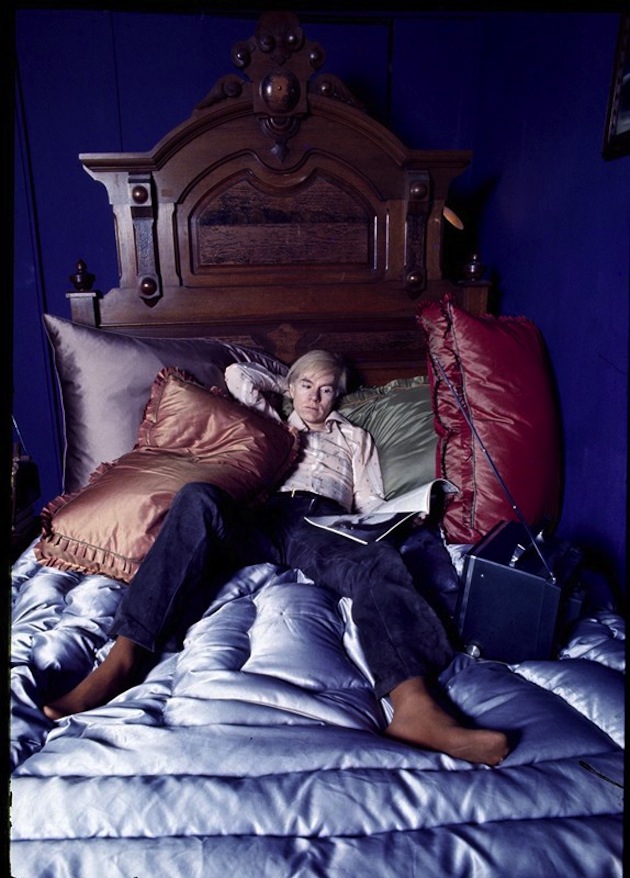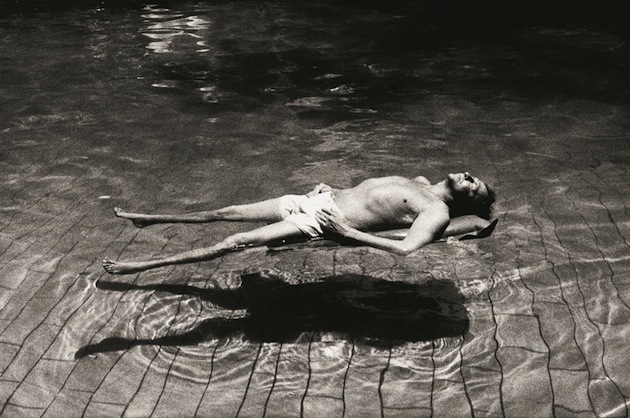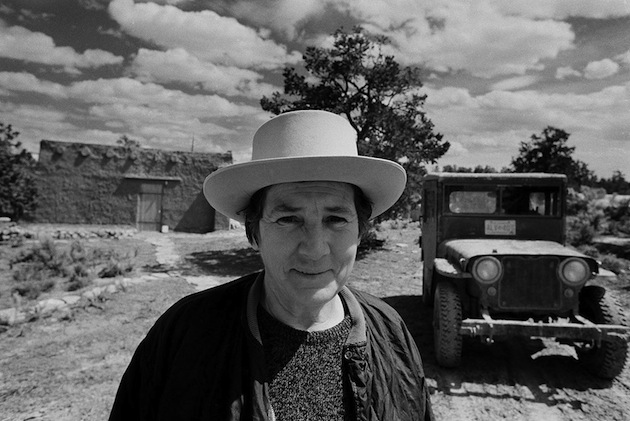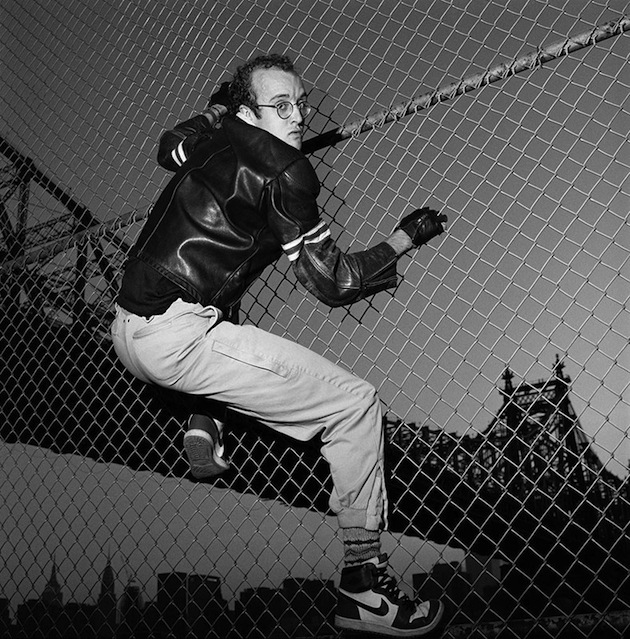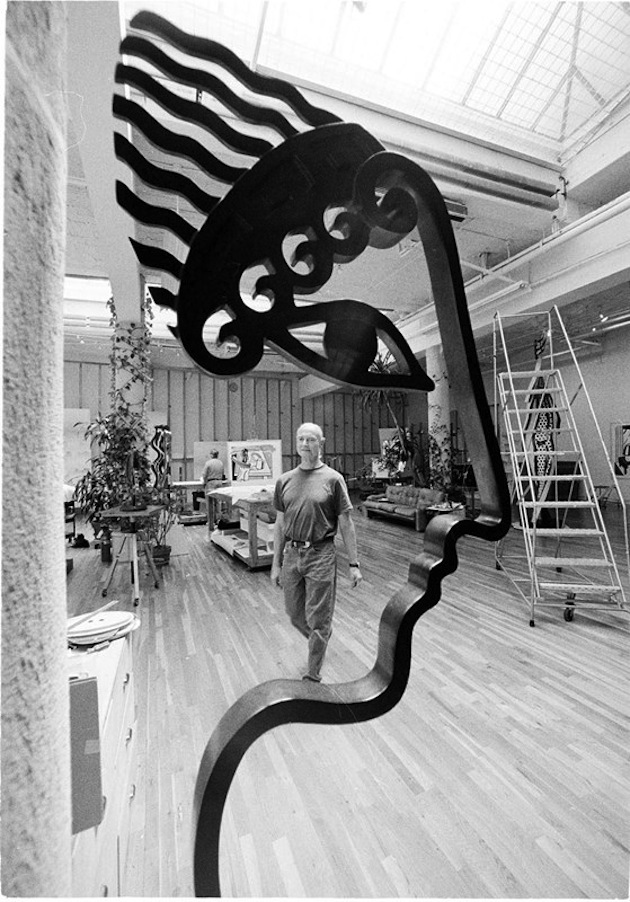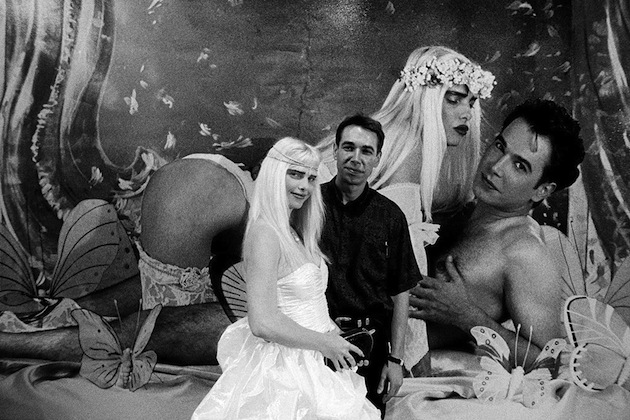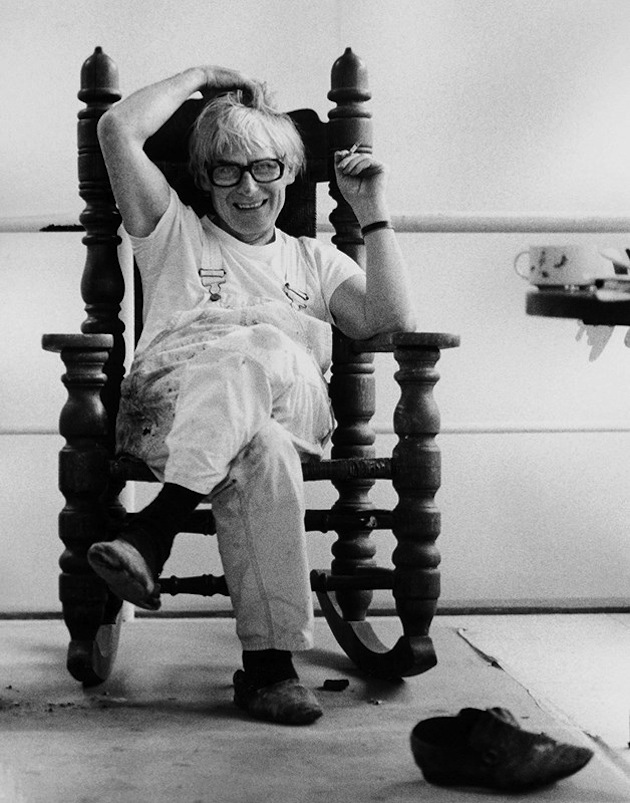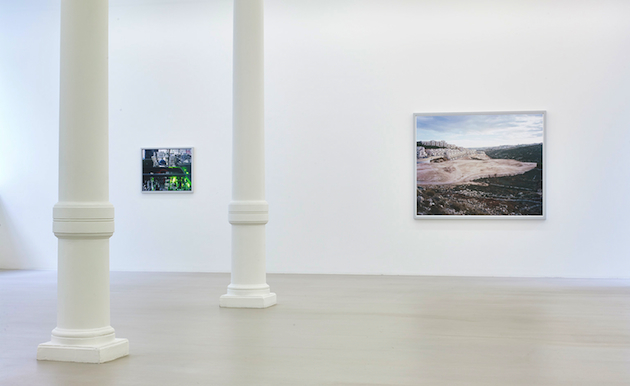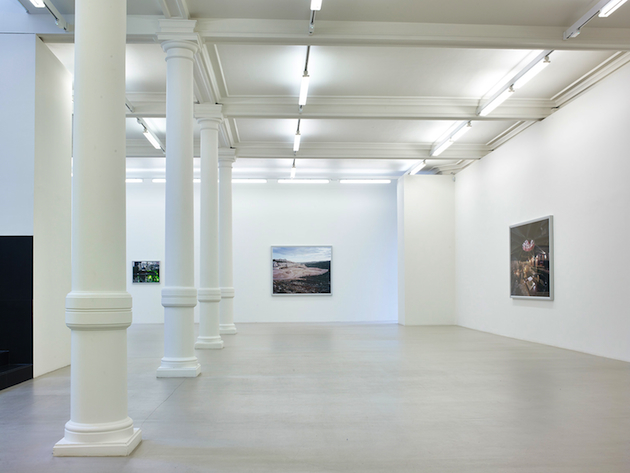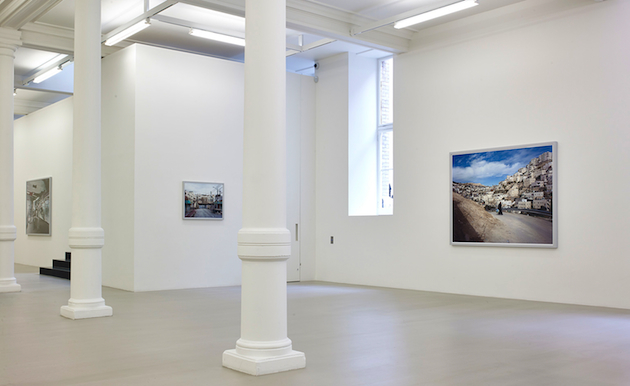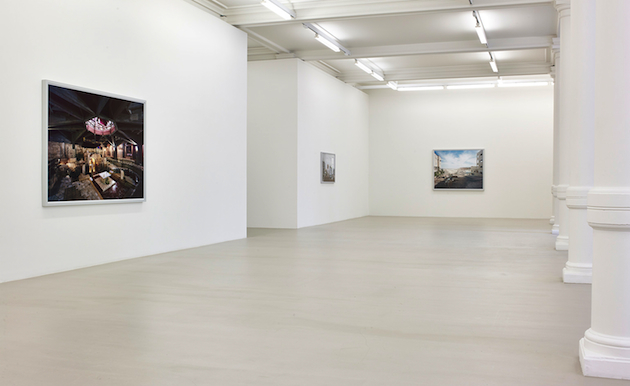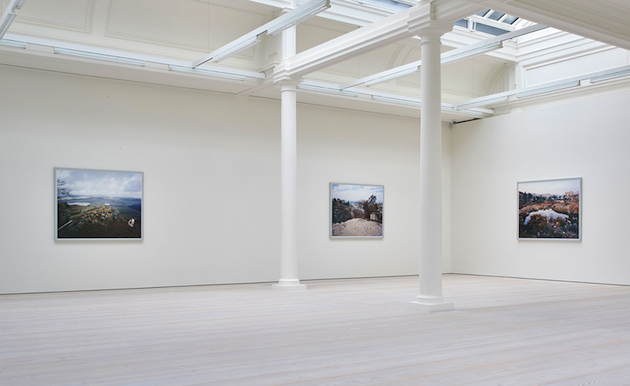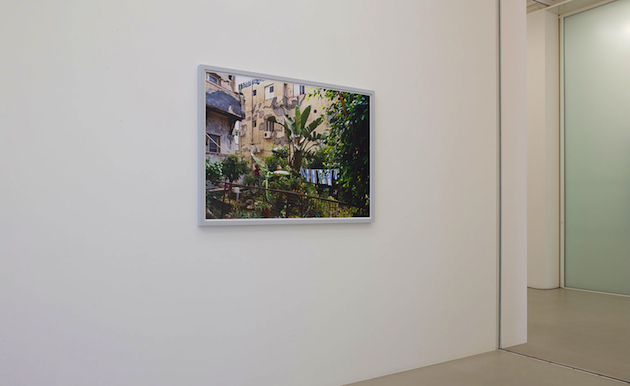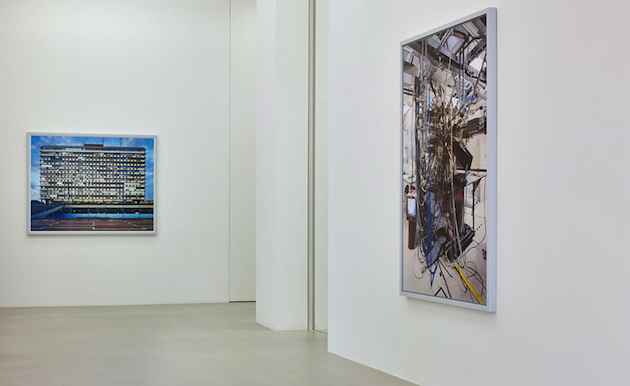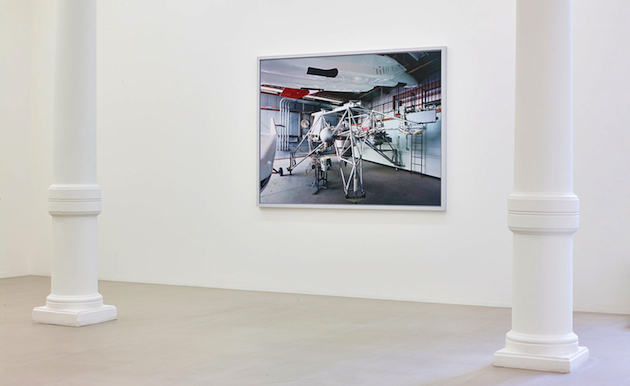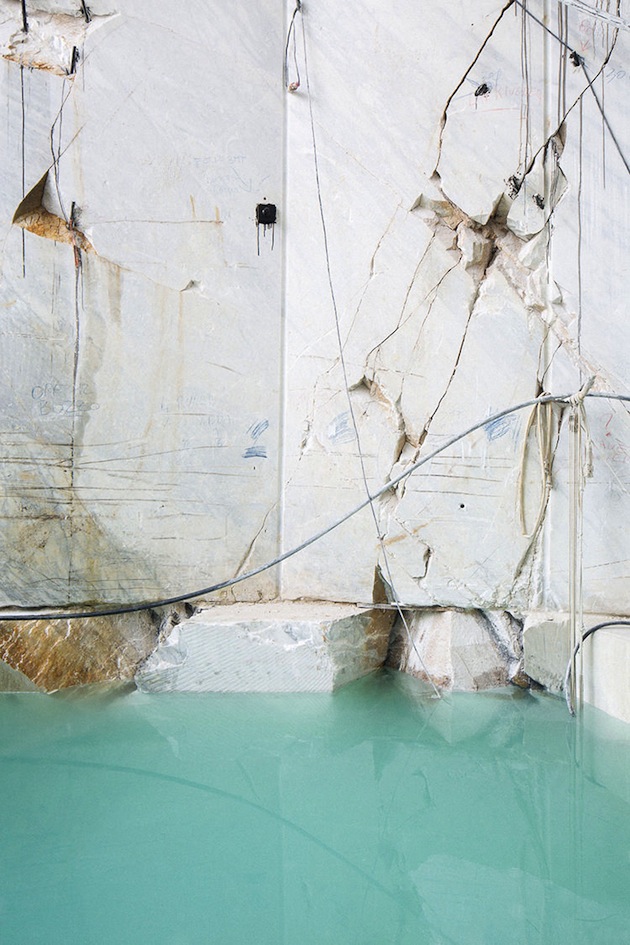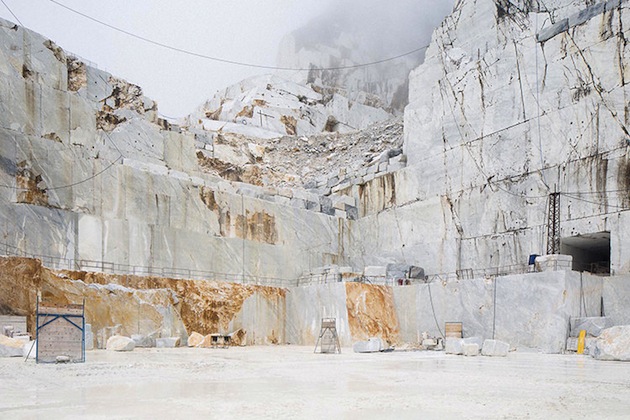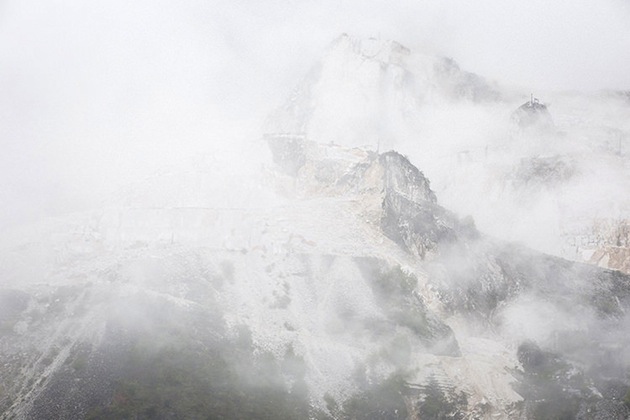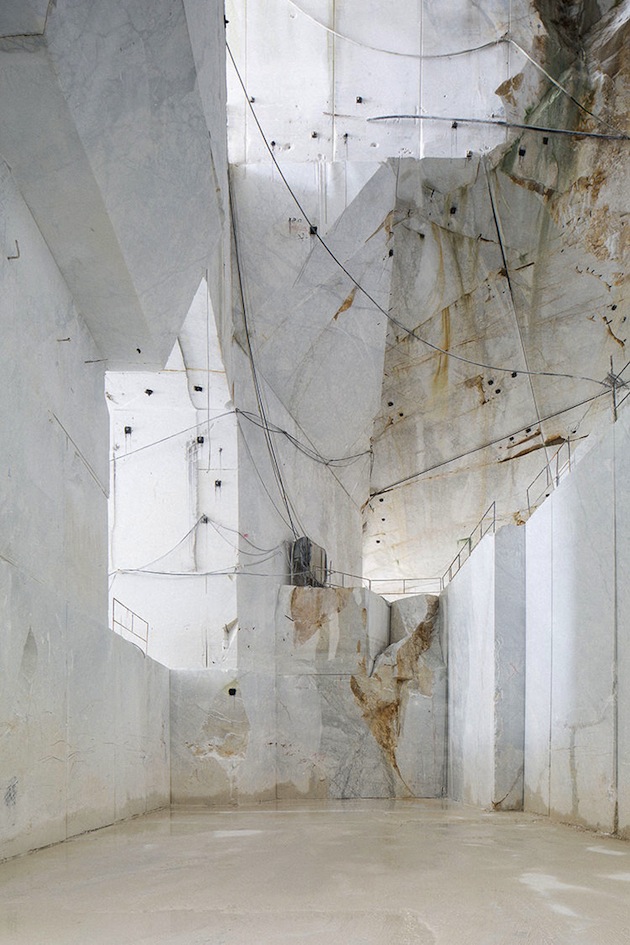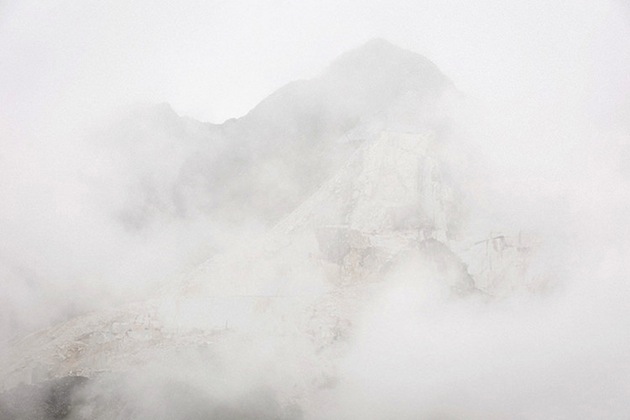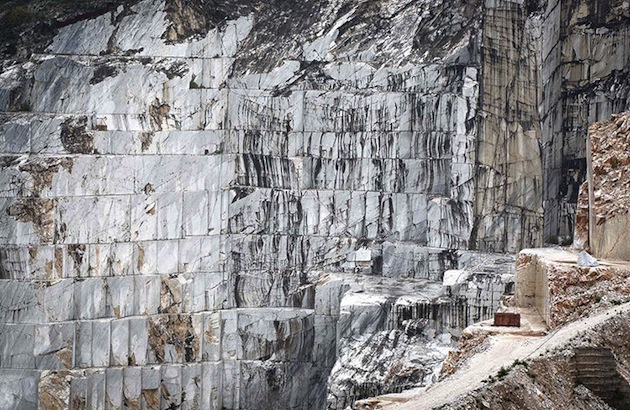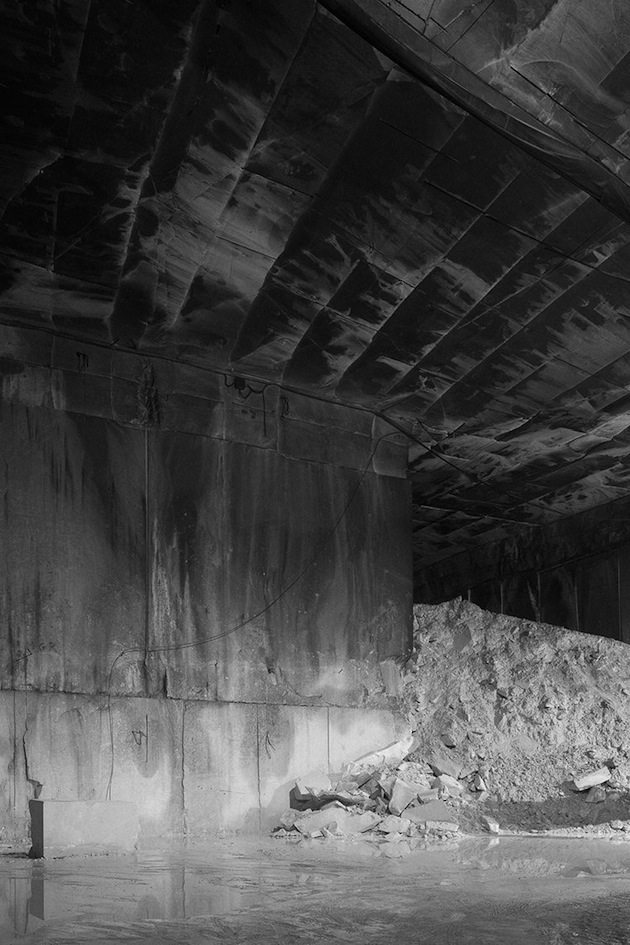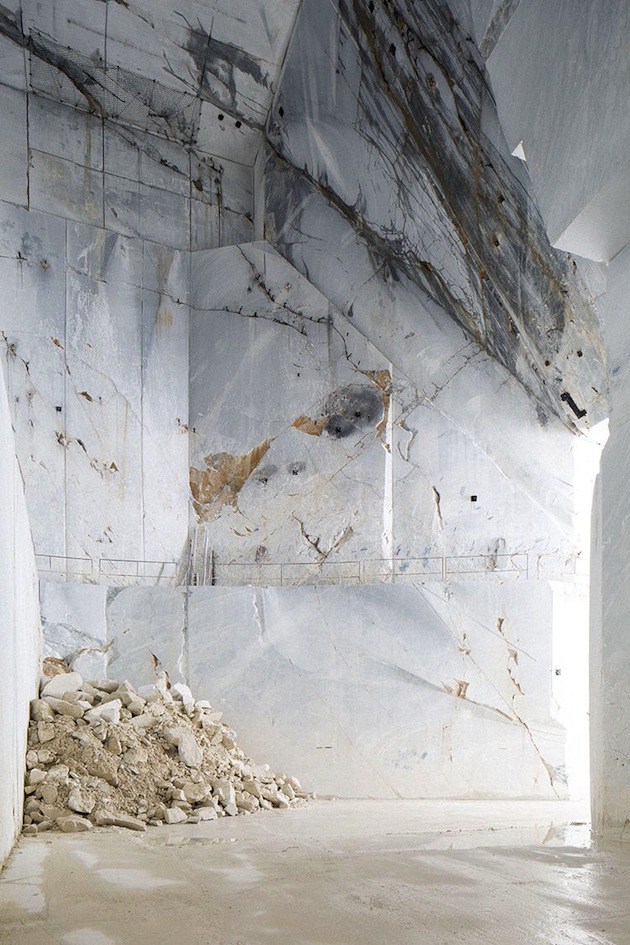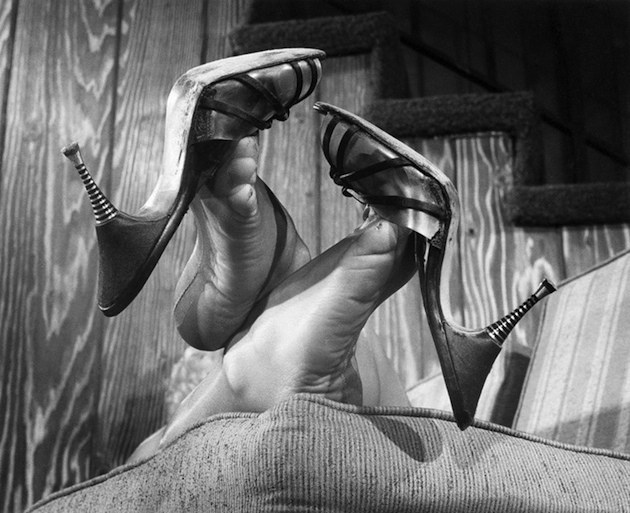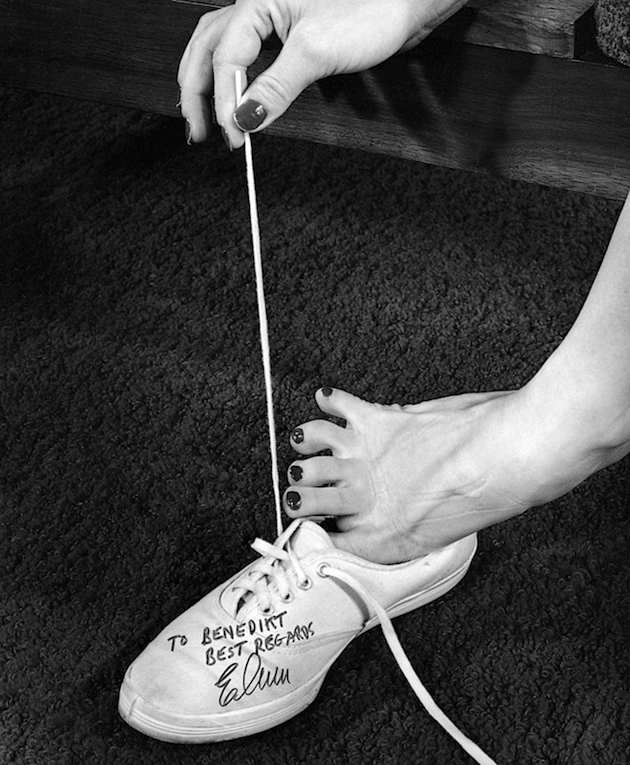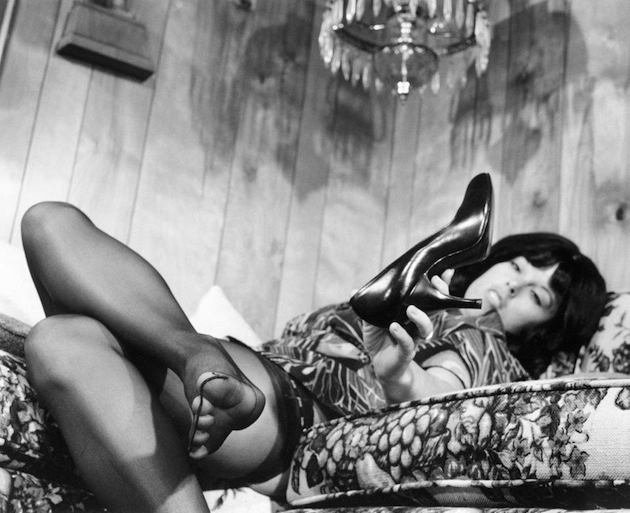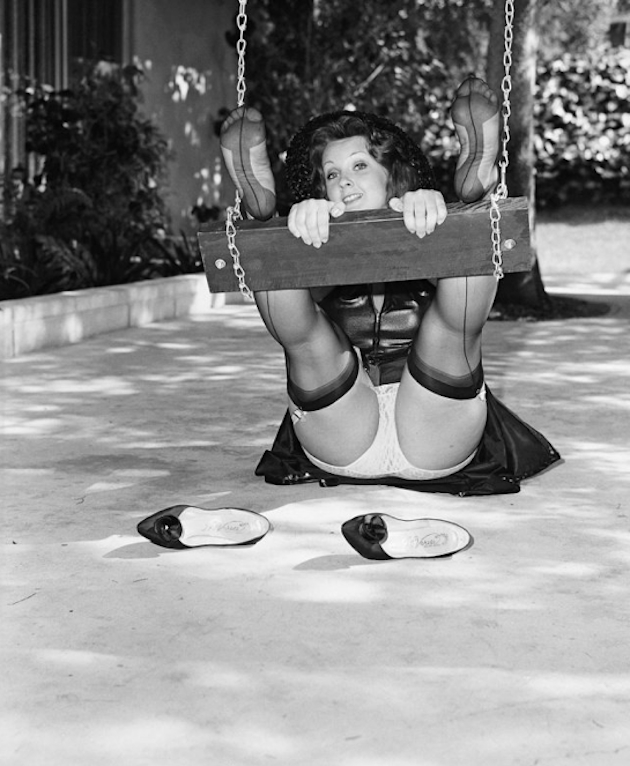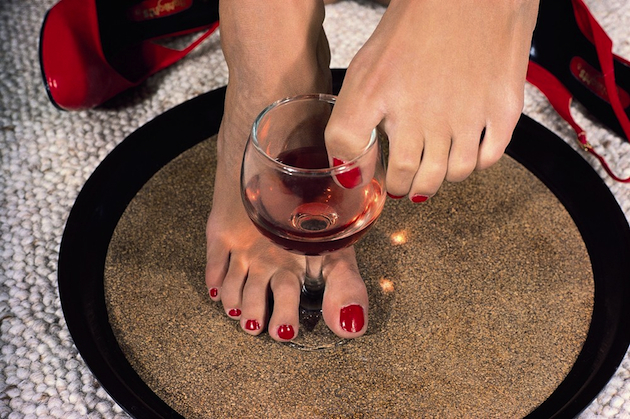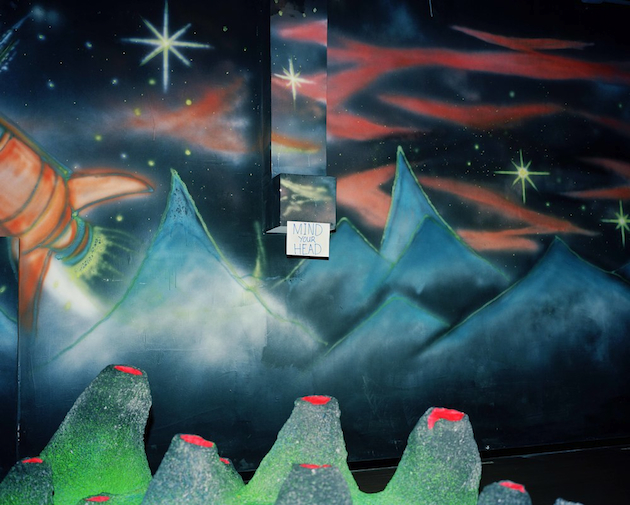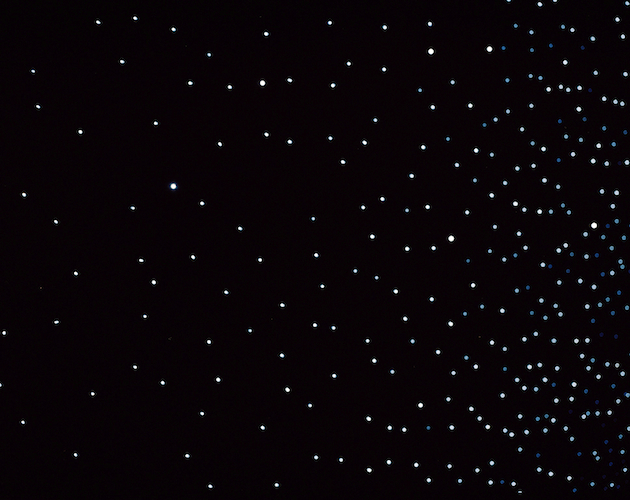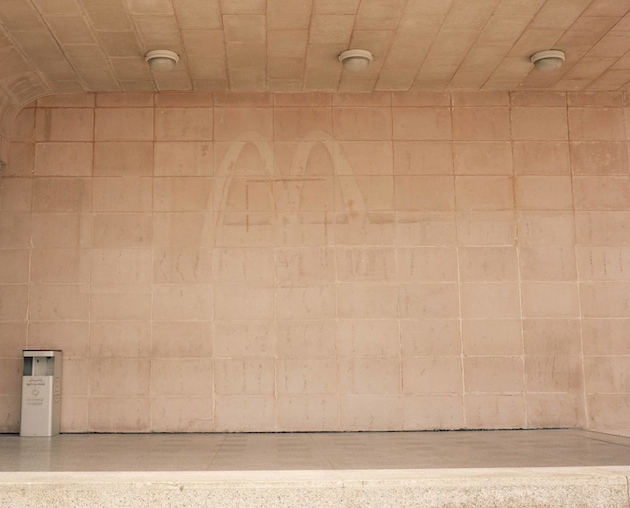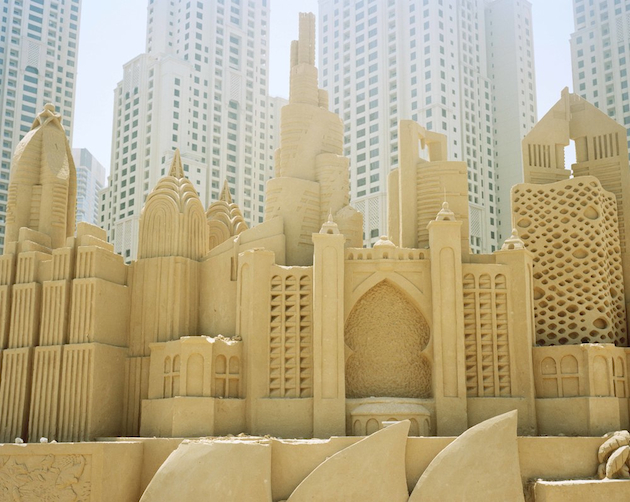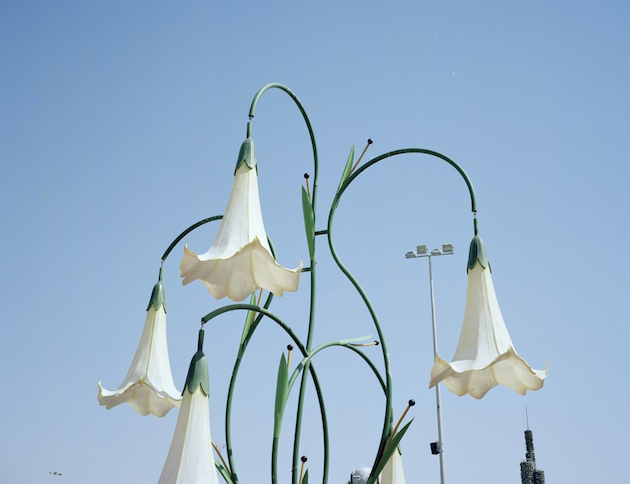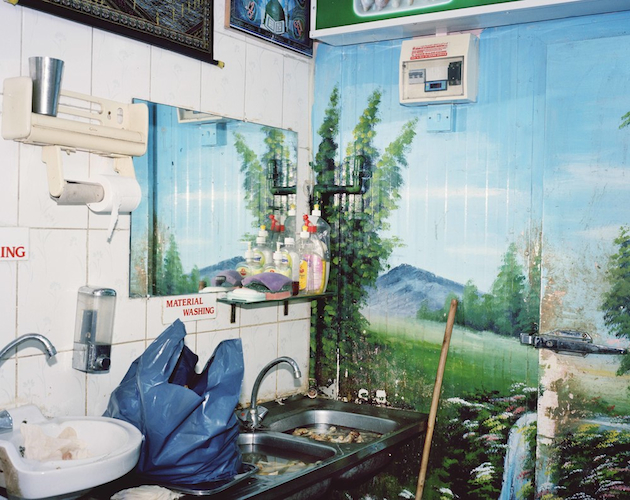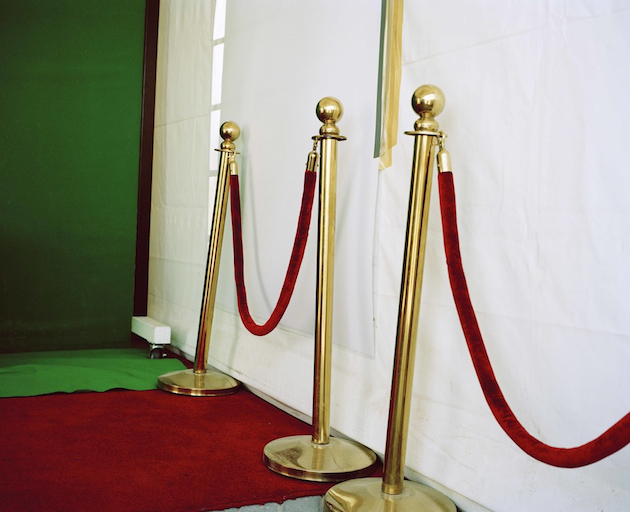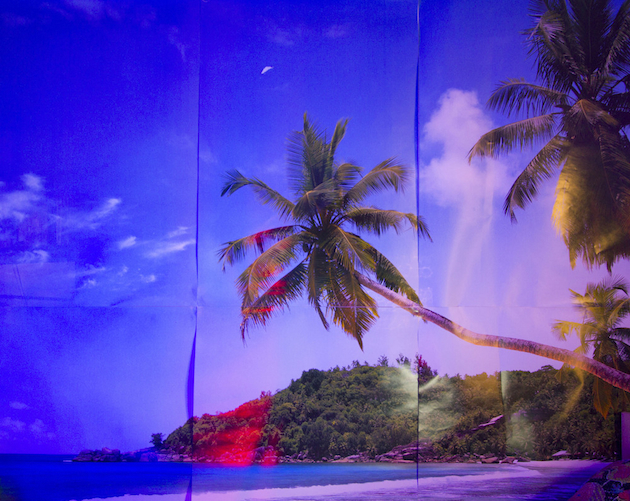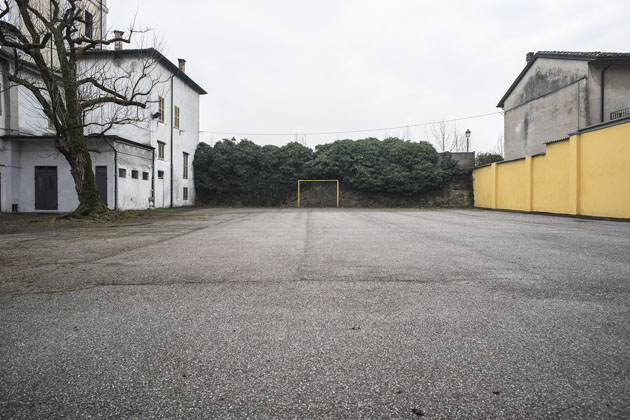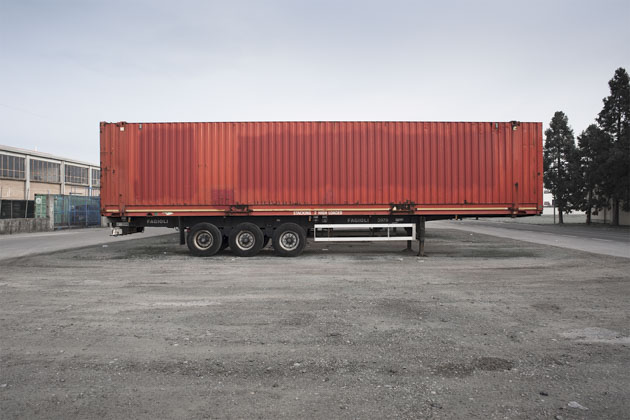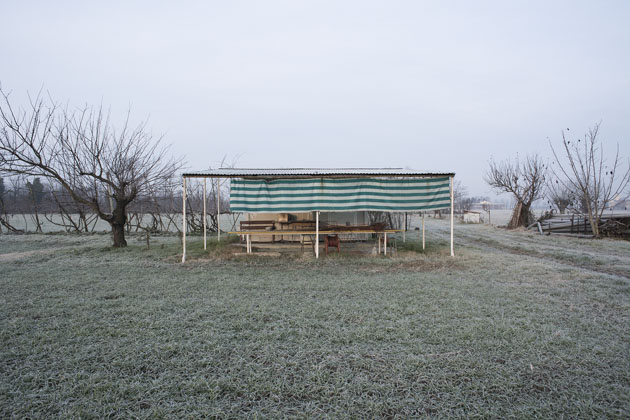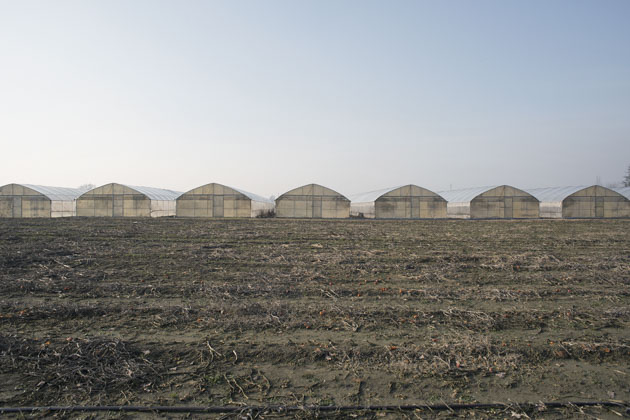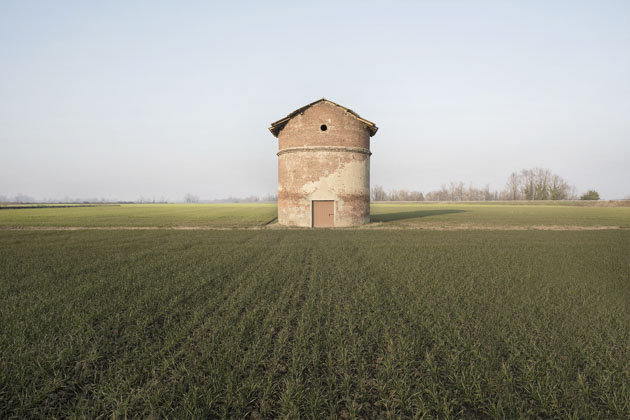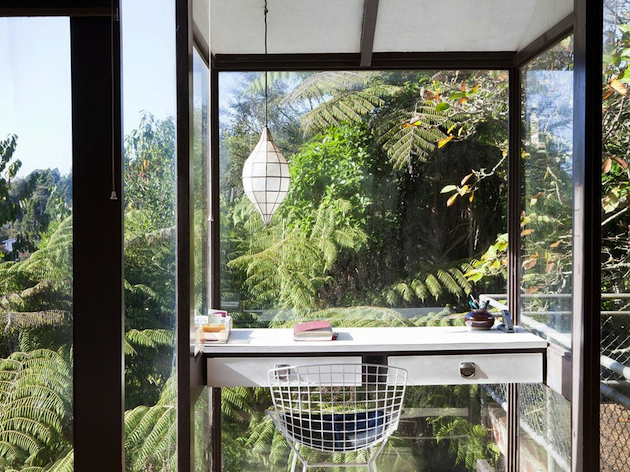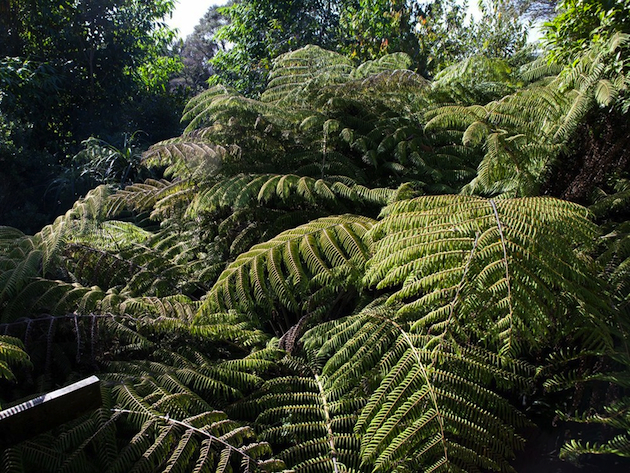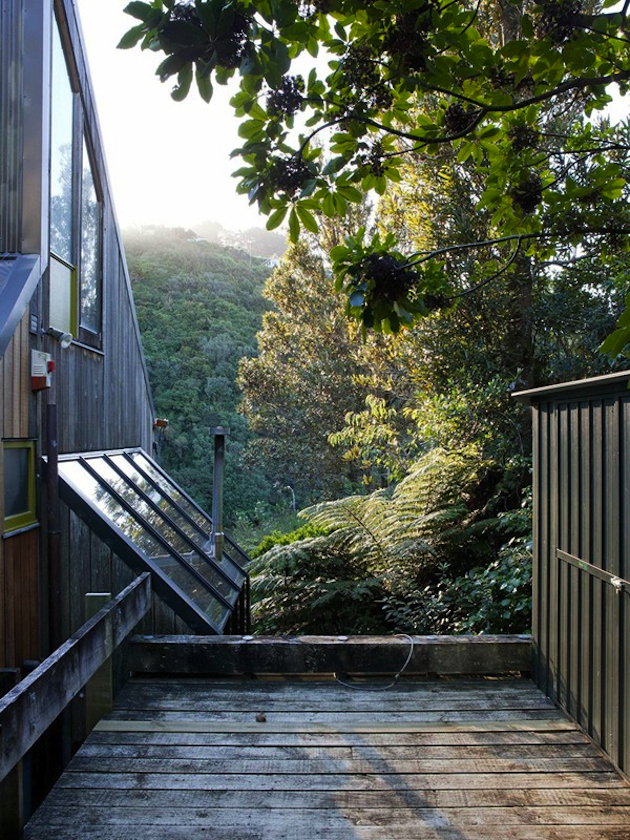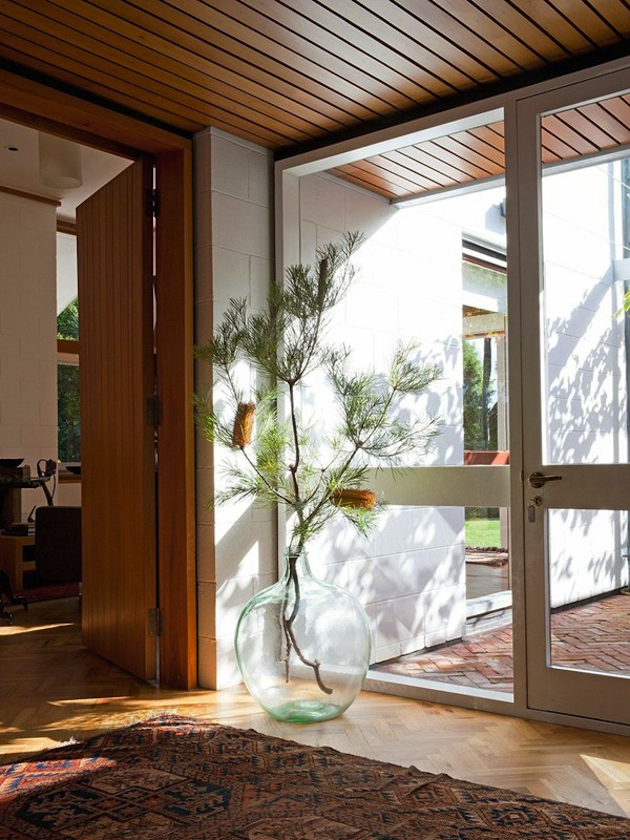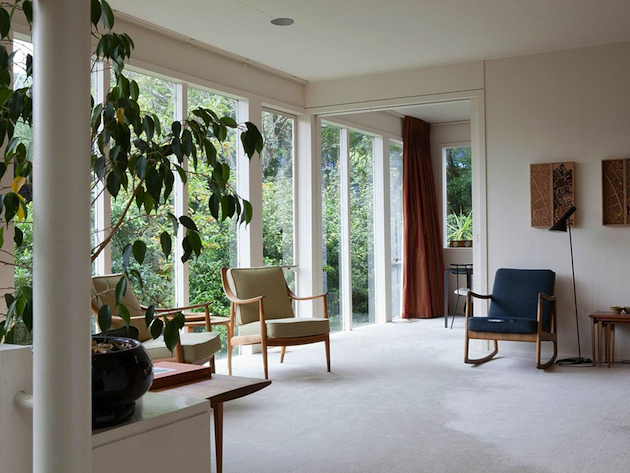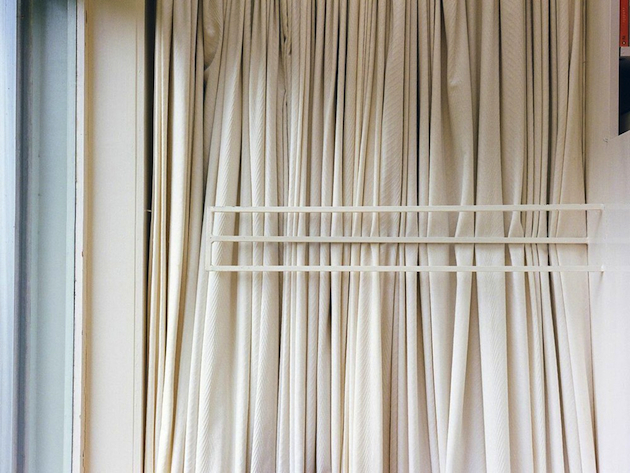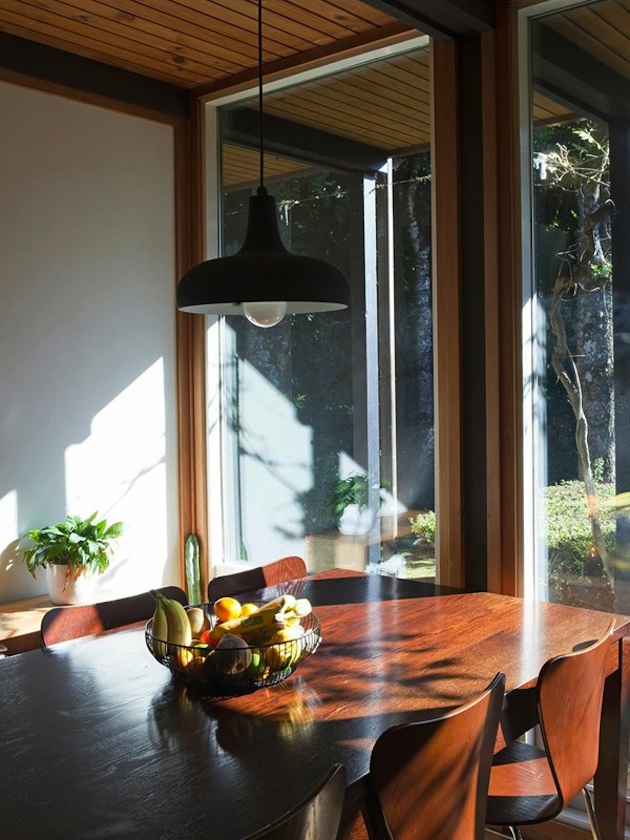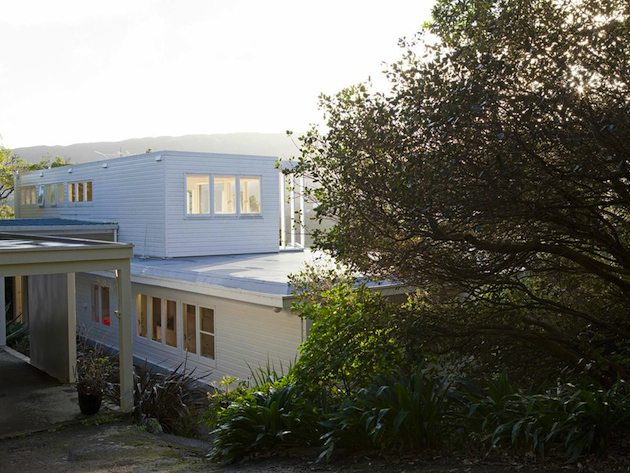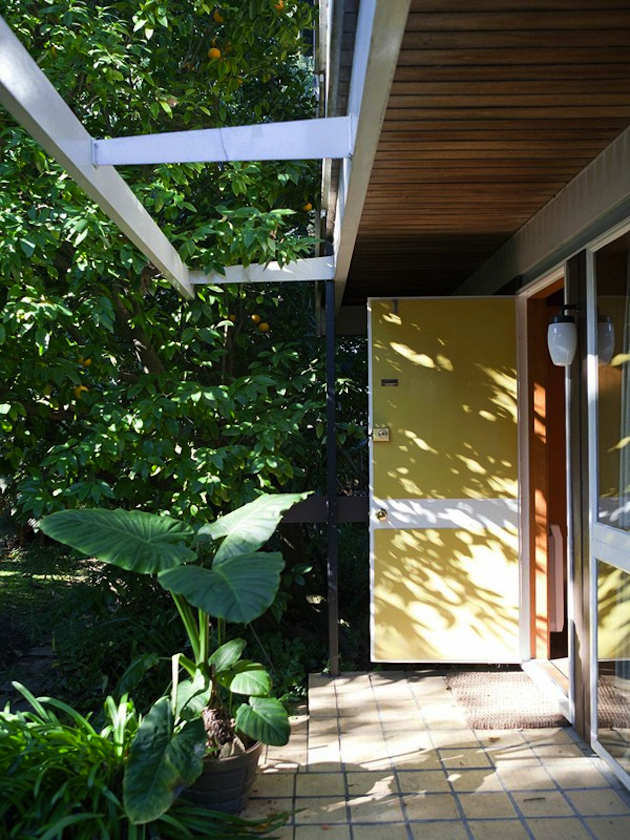Thirty years after its first edition, the International Festival of Fashion and Photography returns to Hyères, at the villa Noailles, for a showcase of contemporary creativity. As usual, this year’s selection of young photographers presented an eclectic mix of vocabularies and narratives, posing in front of an international jury presided by Eric Pfrunder, Image Director of Chanel, a difficult task. The final winners of the competition are Sjoerd Knibbeler – the winner of the jury’s Grand Prinx, Evangelia Kranioti – the winner of a special prize given in the occasion of the Festival’s 30th anniversary, and Polly Tootal – the winner of the prize awarded by the public.
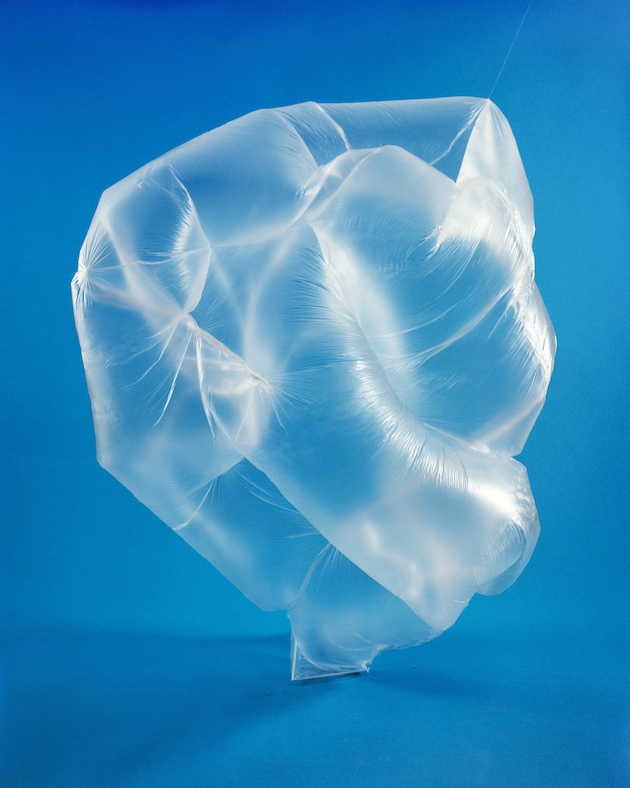
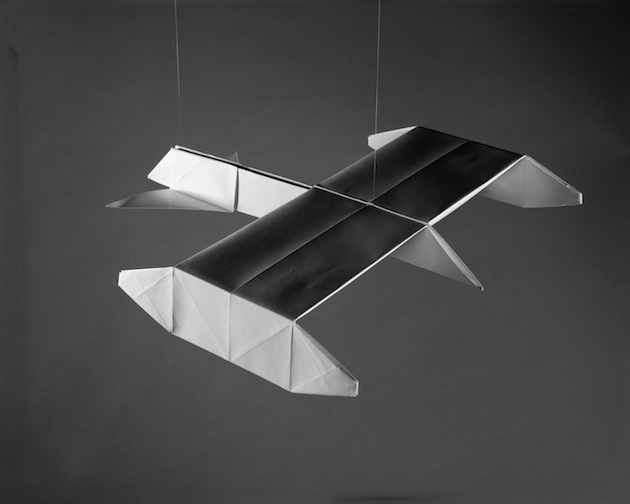
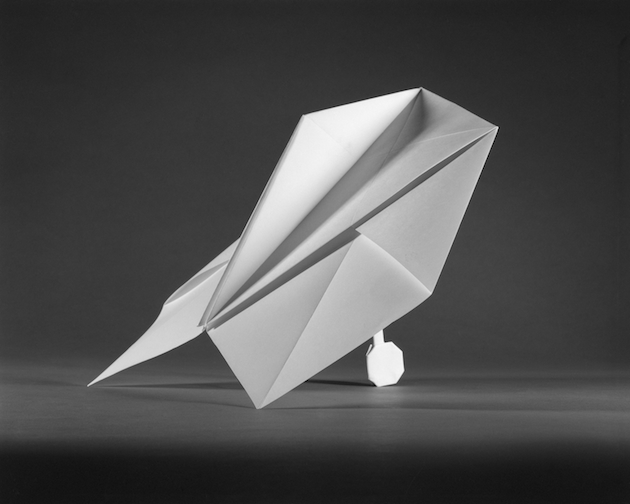
Over the last two years, Sjoerd Knibbeler has been developing a project in which he challenged himself to photograph wind. The invisibility and motility of wind constitute the primary parameters of his research. Everything he photographs is real, yet he loves to create a tension which doubts that. Current studies is an ongoing series of short-lived experiments he conducts in his studio. Using basic DIY materials he constructs sets in which he tries to shape, surround and capture air currents. His aim with each Current study is to question the relationship between the flat, silent and still surface of the photograph and the movement and expansiveness of the space it is evoking. The paper planes series consists of 16 paper models of aircrafts that have never made it past the drawing board. Sjoerd Knibbeler was able to recreate these models based on information, technical drawings and “artist impressions”.
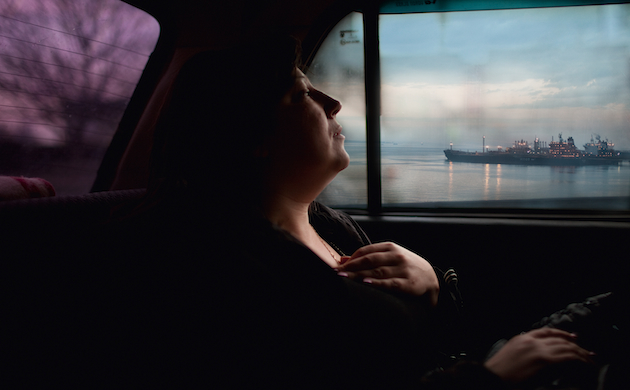
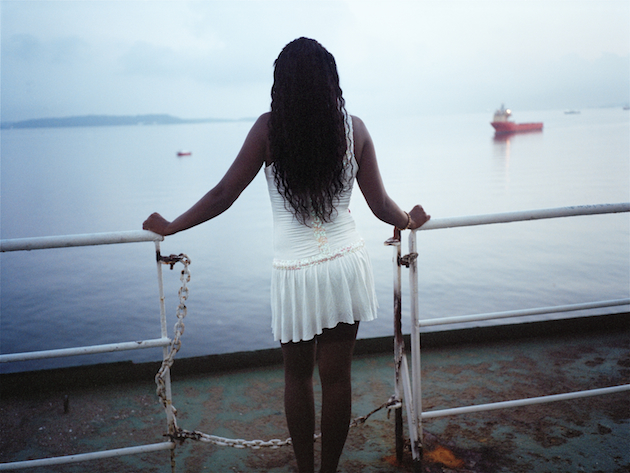
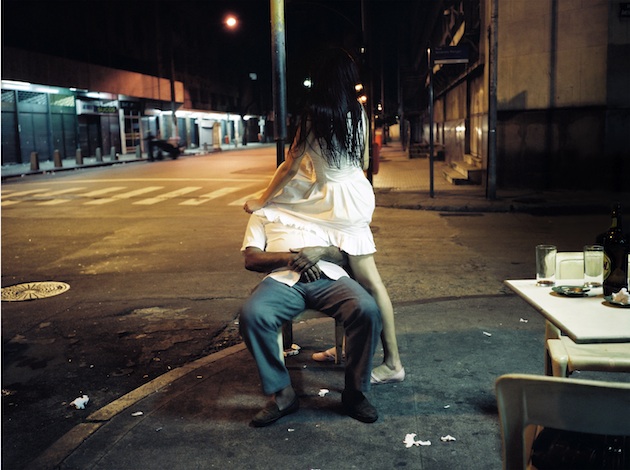
As a Greek native, Evangelia Kranioti has always considered the sea as her motherland, generating a series of concepts strongly linked to the theme of desire. Thus in 2005, she decided to pursue an ambitious artistic and anthropologic research, focusing on the life, travels and intimacy of sailors across the world. Prostitutes of the ports form an archetypical couple with sailors, offering an exciting metaphor on wandering, desire and man’s elementary relationship with the Other. In order to better understand what drives these Ulysses’ journey and Penelope’s waiting, Evangelia Kranioti decided to embark as a sailor. Only woman during her numerous crossings on board of tankerships, cargos and containers of the Greek merchant navy, she travelled in the ports of 20 countries. The works she has produced over this period include a vast photographic corpus and 450 hours of footage which lead to her first documentary feature, released in 2015.

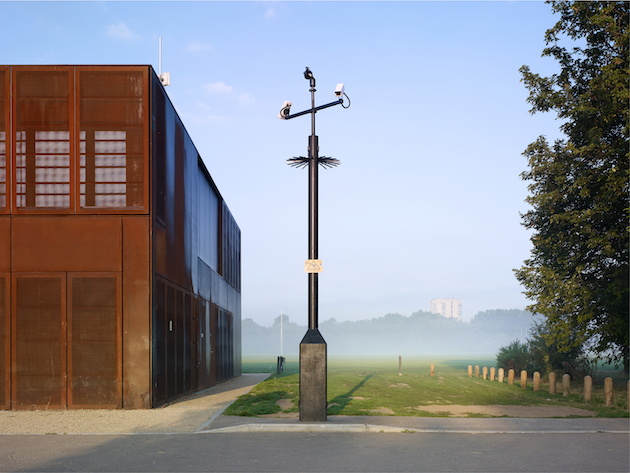
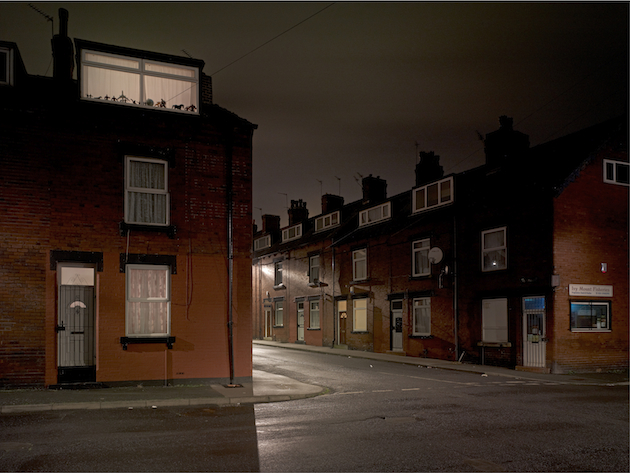
Polly Tootal is a photographer of British landscapes, she travels on journeys through cities, towns and villages, passing suburbs and countryside along rivers and following coastlines. The landscapes she registers are not likely to be found in any popular chronicle of the land, rejecting as they do the obvious beauty or grandeur of things and instead existing in the spaces in-between, the ones that are passed through every day, so nameless as to be embedded deeply into our consciousness and then forgotten. They are spaces marked with the richness of human activity, yet bereft of human presence. The images often lie upon thresholds and boundaries, liminal zones, between urban and rural, leisure and industry, lived-in and discarded. Warehouses, business parks, shopping centers, waste-ground, motor- ways, car parks: the non-places that quietly fill up our lives, the sites of transience. The universal anonymity of these photos tells another story of modern Britain.
The Blogazine – Images courtesy of Hyères Festival and respective authors
